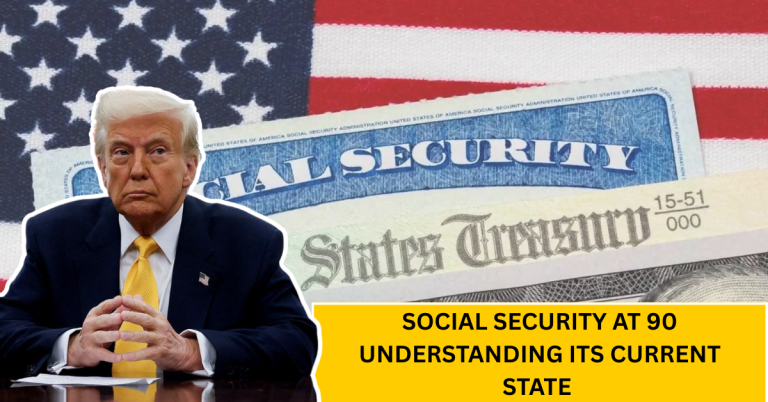The Social Security Administration (SSA) is making a significant change: by September 30, 2023, all Social Security benefit payments will be processed electronically. This means paper checks will no longer be an option, marking a big shift in how beneficiaries receive their money. The move aims to improve safety, reduce costs, and help make payments faster and more reliable for millions of Americans.
For many younger adults and tech-savvy individuals, this change might sound smooth and easy. However, those used to traditional paper checks may have questions or concerns. In this article, we will explain what this change means, who will be affected, and how to prepare for this new payment method to ensure a hassle-free experience.
Why Is Social Security Moving to Electronic Payments?
The SSA’s decision to switch fully to electronic payments is driven by several important reasons. Electronic funds transfer (EFT) is faster and more secure compared to paper checks. It reduces the risk of lost, stolen, or delayed checks, helping beneficiaries receive their money on time every month.
Moreover, electronic payments save millions of dollars annually by cutting down printing and mailing costs. According to the official Social Security Administration statement, electronic payments are also better for the environment by reducing paper use.
Who Will Be Affected by the September 30 Deadline?
All Social Security beneficiaries who currently receive paper checks will need to switch to an electronic payment method by September 30, 2023. This includes retirees, people with disabilities, and survivors who get monthly benefits. If you still receive a paper check, you will need to take action to avoid missing payments.
People who sign up for Social Security benefits after this deadline will automatically receive electronic payments. Those who currently get direct deposit or payments on their Direct Express® debit cards are already compliant with the new rules.
What Are the Electronic Payment Options?
The SSA offers two main options for receiving electronic payments. The most common method is direct deposit, where funds are electronically transferred to a bank or credit union account. This is a safe and straightforward process that most beneficiaries use.
For those without a bank account, SSA provides the Direct Express® debit card. This prepaid card allows users to access their benefits easily without needing a traditional bank account. It works like a regular debit card and can be used to make purchases, pay bills, or withdraw cash.
How to Switch to Electronic Payments
If you currently receive paper checks, switching to electronic payments before the deadline is essential. You can sign up for direct deposit by visiting your bank or credit union, or by contacting the Social Security Administration directly online or by phone.
If you don’t have a bank account, apply for the Direct Express card online at the official website or by calling their customer service. The card is free and designed specifically for Social Security recipients.
It’s a good idea to start the process early, as it may take a few weeks to set up and verify your payment information. That way, your benefits will continue without interruption after September 30.
What Happens If You Don’t Switch?
After September 30, 2023, paper checks will no longer be issued. If you haven’t switched to electronic payments by then, you risk delays in receiving your Social Security benefits. The SSA encourages everyone to make the change promptly to avoid any payment interruptions.
For more information on the transition and to help with the switch, visit the official SSA page on payment options at ssa.gov/payments.
Conclusion: Embrace the Change for a Smoother Payment Experience
The full transition to electronic payments by the Social Security Administration by September 30 is a step toward modernizing how benefits are distributed. While it may require some adjustment, especially for those used to paper checks, the change brings many benefits like security, convenience, and speed.
By understanding the new system and making the necessary changes ahead of time, beneficiaries can ensure they continue to receive their payments without any hassle. If you or someone you know gets Social Security benefits via paper check, now is the time to switch to electronic payments.




